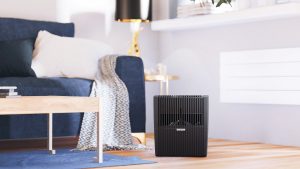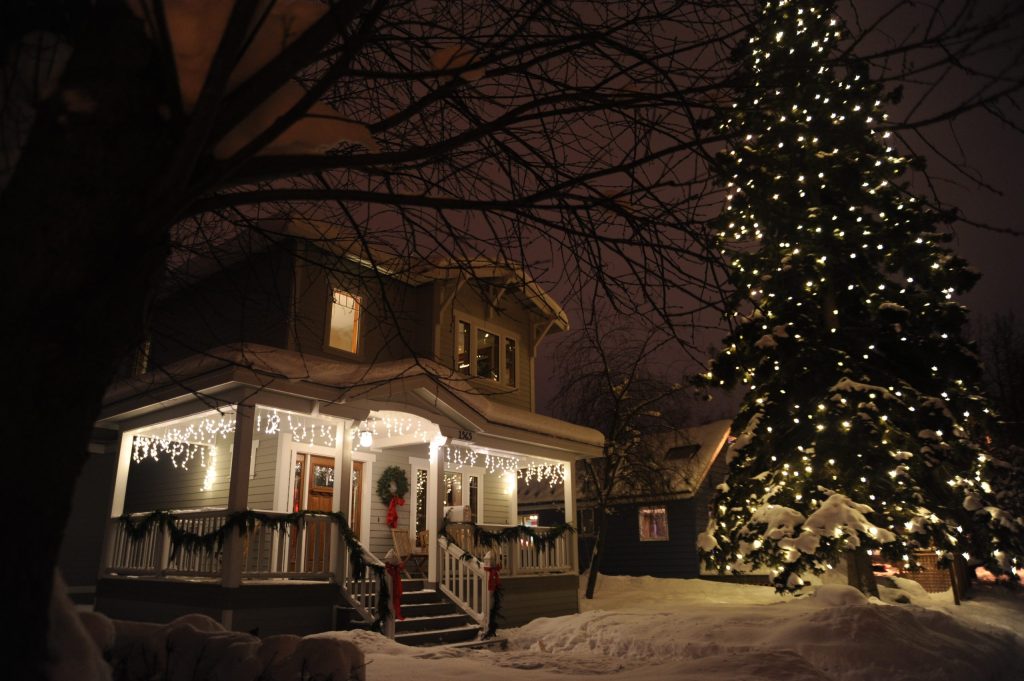Considering how much time we spend indoors during the cold winter months, it is important to prioritize air quality. Winter is the premium time for pollutants that can affect you and your loved ones at home.
It’s important to stay prepared, especially if you or someone you know has asthma or other conditions that increase sensitivity to air quality. Stay cozy at home and curl up on the couch with a cup of hot cocoa and your peace of mind intact after a couple of simple fixes.
What Influences Indoor Air Quality?
Indoor air quality is influenced by what’s in your building, from objects inside the structure to the building materials themselves. If the design and construction of your home are safe, you may feel that your indoor air quality is in peak condition.
However, several factors can influence indoor air quality that can go unchecked, especially during the winter. The air is colder and damper this season, which means particles in the air remain in place much longer than in summertime.
1. Asbestos
Houses constructed a few decades ago may have floor tiles, wall coatings, and installations that contain asbestos. Research also shows there’s a higher concentration of asbestos in the winter compared to other seasons of the year.
The heightened possibility of inhaling asbestos is dangerous as exposure to this mineral can cause mesothelioma, a type of cancer with almost 3000 new cases identified each year. It’s important to clear the home of this material before inviting anyone over or living there.
Asbestos flows freely through the air and is near-invisible without the right tools. Reach out to a professional contractor who has experience with removing asbestos and clearing your indoor air of its effects.
2. Cleaning Supplies
The holidays often mean gatherings with family and friends, so it’s natural to want to keep your place spotless. Unfortunately, cleaning supplies can contain harmful chemicals that degrade indoor air quality. It’s even worse if someone in your household is dealing with breathing problems.
The best fix is to declutter these synthetic cleaning supplies — but don’t just pour the liquids down the drain. Practice proper disposal of these materials to prevent pollution or further harm to your indoor air quality.
When it’s time to clean this winter, look for natural-based cleaning supplies. Having organic and effective solutions and tools will keep your air and household cleaner.
3. Mold

Mold is another factor people often forget to check when it comes to clearing out their indoor air quality. During winter, this fungus thrives in the uninsulated exterior windows and walls in heated buildings because it gets the heat from indoors while it’s cold outdoors.
You can keep the heater open, but get the mold off before things escalate. Try to keep your distance — look into professional removal and remediation services to ensure any mold is identified and safely, fully removed.
Once the mold is gone, look at insulation solutions that can take care of the problem areas in your household. Maybe there are a few gaps that need filling to stop drafts that foster the development of mold.
4. Tobacco Smoke
Many people engage in social smoking during Christmas parties to let off some steam from work and enjoy their drinks, but it’s best to put the cigarette or pipe down. Tobacco can have adverse effects on the smoker’s health in the long run.
Plus, letting tobacco smoke linger in the air can result in secondhand smoke. The smell and toxins can stay days after smoking has even taken place, which results in 41,000 deaths in non-smokers every year. While quitting smoking can be challenging, the best time to start is now. Try to change up your habits and get support from loved ones instead.
5. Dry Air
Dry indoor air can occur year-round but is especially prevalent in winter. Not only do our heating systems add to the problem, but cold winter air holds less moisture than warm air. An optimal humidity range of 40-60% can be difficult to maintain due to this combination. Luckily, Venta Humidifiers are here to help! Their filter-free evaporative humidification is not only the most hygienic but is also the most natural way to humidify indoor air.

More Indoor Air Quality Improvement Tips
Now that you know several of the main factors influencing indoor air quality this winter, keep in mind these additional steps you can take to maintain optimal indoor air:
- Rearrange furniture: Moving around beds and tables can help with improving air and heat flow throughout the cold season. Avoid blocking any air ducts or filters that are important in your HVAC system.
- Invest in an air purifier: An air purifier is a handy tool for removing indoor pollutants that can affect your indoor air quality.
- Disinfect carpeting: Clear the rugs of different pollutants trapped in their material by cleaning and disinfecting them.
- Dust the corners: Remember to clear your home’s corners of dust to prevent it from flying around in the air when guests come over.
Aim for Good Air Quality This Winter
It’s no exaggeration to be more conscious of your indoor air quality, as it’s your health at stake this winter. Clear the pollutants and feel safer in your home before setting up the holiday decorations and sending invitations.

